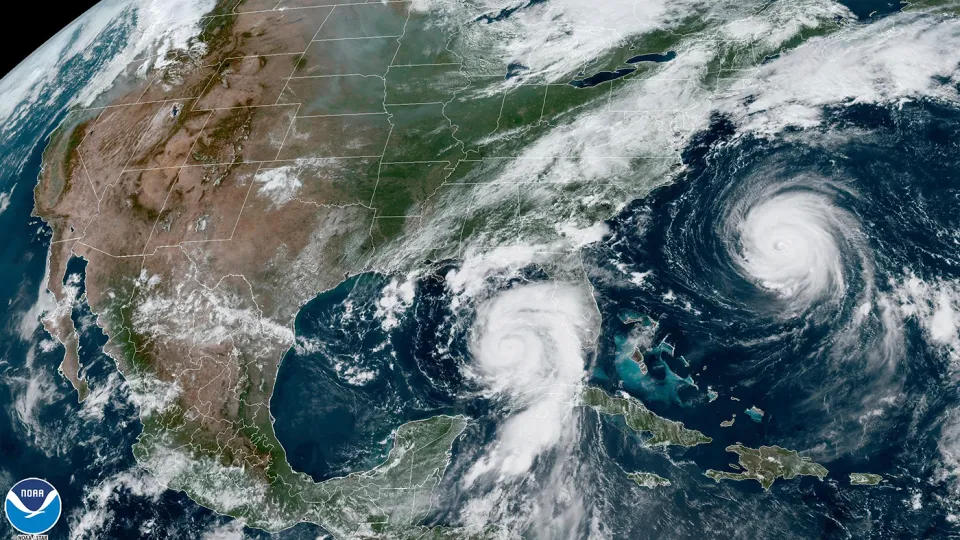
Ahead of what forecasters predict will be a busy hurricane season, the Florida Hurricane Catastrophe Fund, or Cat Fund, is getting in better fiscal shape.
The Cat Fund’s advisory board approved a report showing it has $10.16 billion to pay claims heading into hurricane season, which starts June 1 and lasts until Nov. 30. That includes $6.91 billion in available funds and $3.25 billion in pre-event bonds.
The report, conducted by Raymond James, estimates that the fund could borrow more than $7 billion after a hurricane, meaning it would be able to pay its maximum obligations, which run to $17 billion.
It’s a much healthier picture than the last report, released in October, showing the Cat Fund had $7.7 billion available to pay claims.
The positive numbers include estimated payments resulting from recent storms, such as Hurricane Ian in 2022. Those estimates were reduced from the October report by $650 million, leading to the rosier outlook.
The Cat Fund acts as a reinsurance fund for domestic insurers, which all must pay premiums into the fund. It was set up by the Legislature in 1993 following the devastation wrought by Hurricane Andrew the previous year.
The board also listened to a presentation by Amy Godsey, the Division of Emergency Management’s chief meteorologist, showing that most hurricane season forecasts predict an active storm season.
Godsey said the average season over the last 30 years sees 14 named storms, seven of which become hurricanes, and three of which become major hurricanes of Category 3 strength or higher. But in more recent years, hurricanes have become more frequent. Over the last 10 years, there has been an average of 18 named storms, eight hurricanes and four major hurricanes.
Forecasters predict this year will be busier than average. Of the eight forecasters presented by Godsey, seven of them predict at least 20 named storms and at least 10 hurricanes.
She also noted that forecasters are taking into account the La Nina weather phenomenon, which could lead to a weaker jet stream that sometimes acts to push hurricanes away from Florida’s east coast.
“The jet stream isn’t as active or at least not as far south as we would see in a typical season,” Godsey said. “That’s obviously concerning not having that barrier in the way.”




One comment
Josh Green
May 17, 2024 at 10:23 pm
10 billion? That’s peanuts compared to what just one bad storm can do.
Comments are closed.